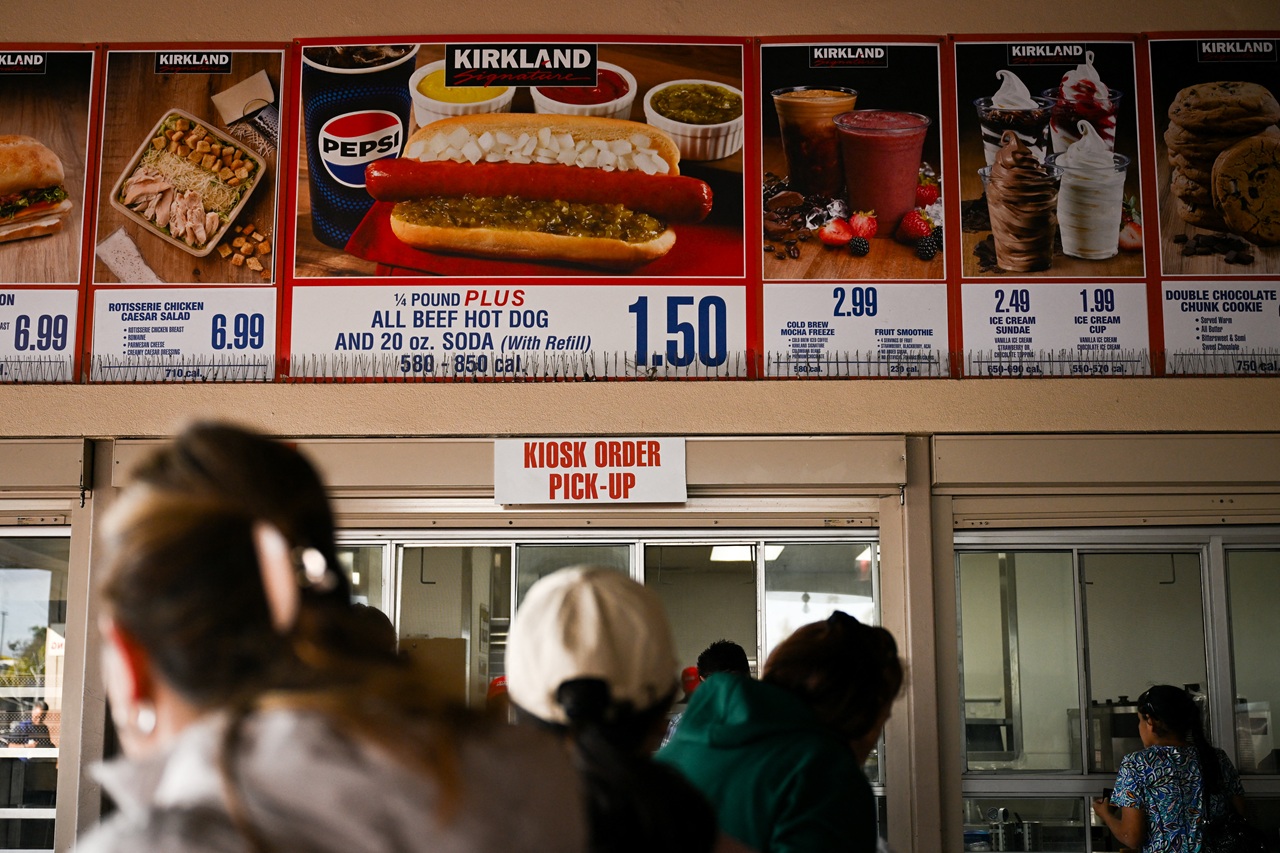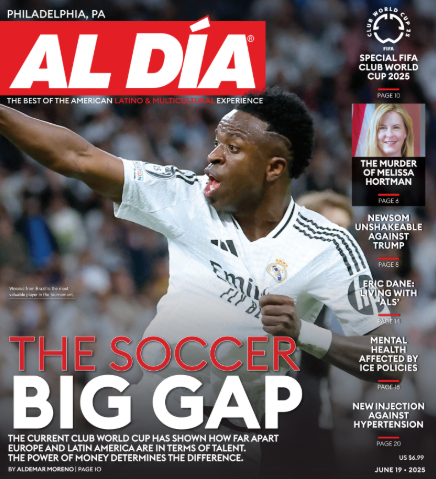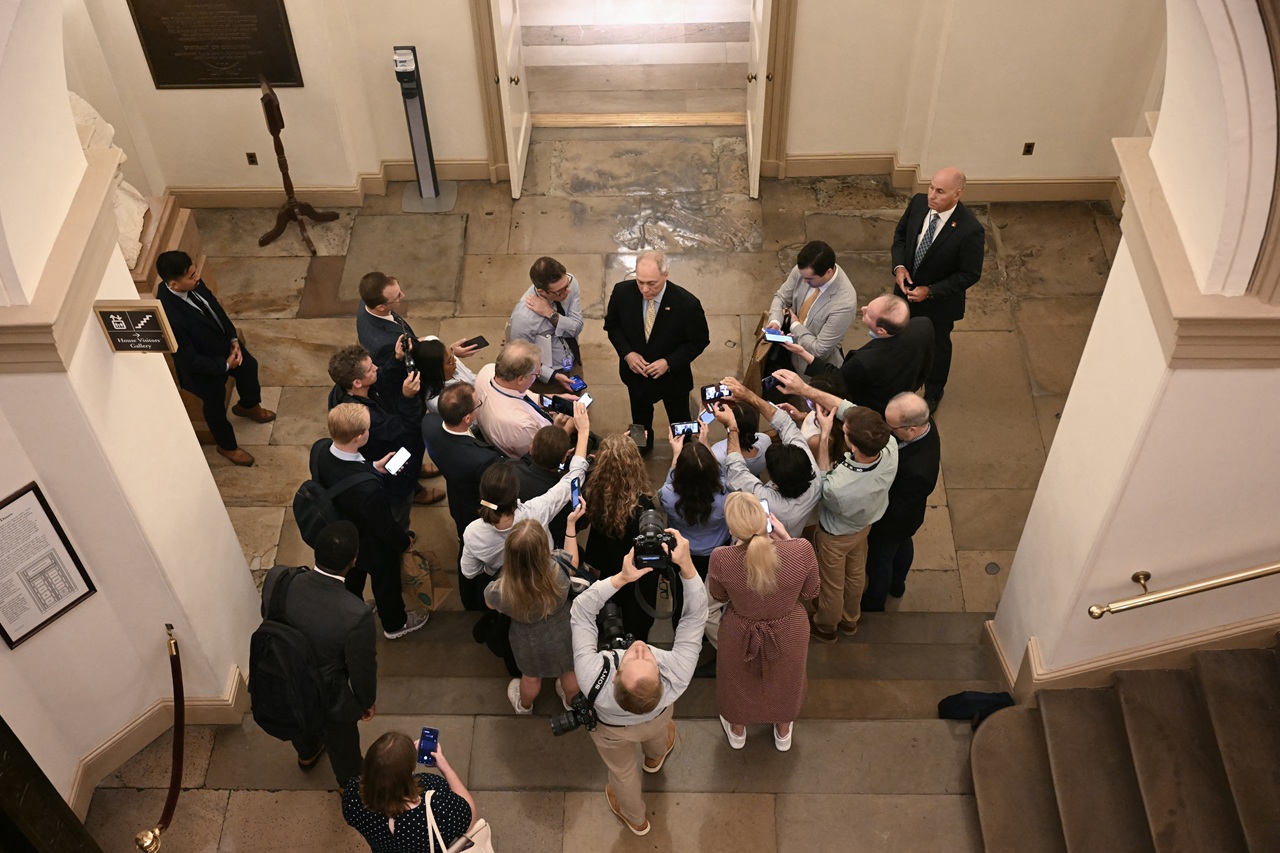
Where Is Inflation Going? It Seems No One Really Knows
One of the key indicators showed a slight acceleration in prices last month. But nothing is definitive yet. Expectations are rising at the Fed.
Inflation in the United States showed signs of picking up in May, while consumer spending cooled and divisions within the Federal Reserve over the path of interest rates became more evident. The Personal Consumption Expenditures price index — the central bank’s preferred inflation gauge — rose 0.2% in “core” prices (excluding food and energy), a figure slightly above analysts’ expectations and bringing annual core inflation to 2.7%.
Overall consumer prices increased 0.1% in May, pushing the annual rate up to 2.3% and moving it further away from the Fed’s 2% target. At the same time, inflation-adjusted personal spending fell by 0.3%, while personal income declined 0.4%, the largest monthly drop since 2021. According to The New York Times, this decline mainly reflected the reversal of an extraordinary Social Security payment that occurred in April.
The economic outlook is complicated by uncertainty about the tariffs imposed by President Donald Trump. So far, the impact of these protectionist measures on prices and growth has been limited, but the question economists and officials are asking is when — and to what extent — their effects will start to be felt.
Ed Al-Hussainy, a global interest-rate strategist at Columbia Threadneedle Investments, told The New York Times that this is “basically the best data set you would ask for going into an inflation shock.” However, he warned that there could be a “very sharp” but “very narrow” surge in inflation over the next six months.
Expectations about inflation and growth are also fueling debate within the Federal Reserve. Last week, the Fed decided for the fourth consecutive time to keep its benchmark interest rate unchanged, despite President Trump’s public pressure for an immediate and significant reduction in borrowing costs. As The New York Times reported, projections released along with the decision showed deep divisions: while most officials expect two quarter-point cuts this year (equivalent to half a percentage point), seven out of 19 foresee no additional cuts, two anticipate only one, and another two project three reductions.
RELATED CONTENT
Fed Chair Jerome Powell appeared before Congress this week and reiterated that the central bank can afford to be patient before lowering rates. Powell stated that the labor market still does not show clear signs of weakness and that it is uncertain how Trump’s tariffs will ultimately affect the economy. However, he acknowledged that one of the main concerns is that price pressures could intensify in the summer as the tariffs start to filter through to consumers.
Not everyone shares this cautious approach. The New York Times noted that two Trump-appointed officials, Christopher Waller and Michelle Bowman, expressed support for a rate cut as early as the meeting scheduled for late July. In recent speeches, both downplayed the inflationary impact of tariffs and voiced greater concern about the labor market and the risk that the Fed might not act in time to protect the economy.
Meanwhile, household inflation expectations and consumer confidence paint a mixed picture. According to the paper, the latest University of Michigan survey showed that economic prospects improved, although the survey’s director, Joanne Hsu, warned that consumer views remain broadly consistent with an economic slowdown and an uptick in inflation in the coming months.
In financial markets, traders are still betting that the Fed will begin cutting rates in September and carry out at least one more reduction before the end of the year. Kathy Jones, chief fixed income strategist at the Schwab Center for Financial Research, told The New York Times that the central bank faces a tough judgment call given the lack of clarity around the real impact of Trump’s trade policies. “If we get a sudden surge in prices in the fall because of tariffs, that’s going to be a really, really difficult thing for the Fed to ‘look through,’” she said.
Thus, the Federal Reserve finds itself balancing prudence and political pressure, at a moment when inflation is showing signs of reawakening and the economy is beginning to show fatigue. The outcome could shape the economic trajectory of the United States over the coming quarters.











LEAVE A COMMENT:
Join the discussion! Leave a comment.